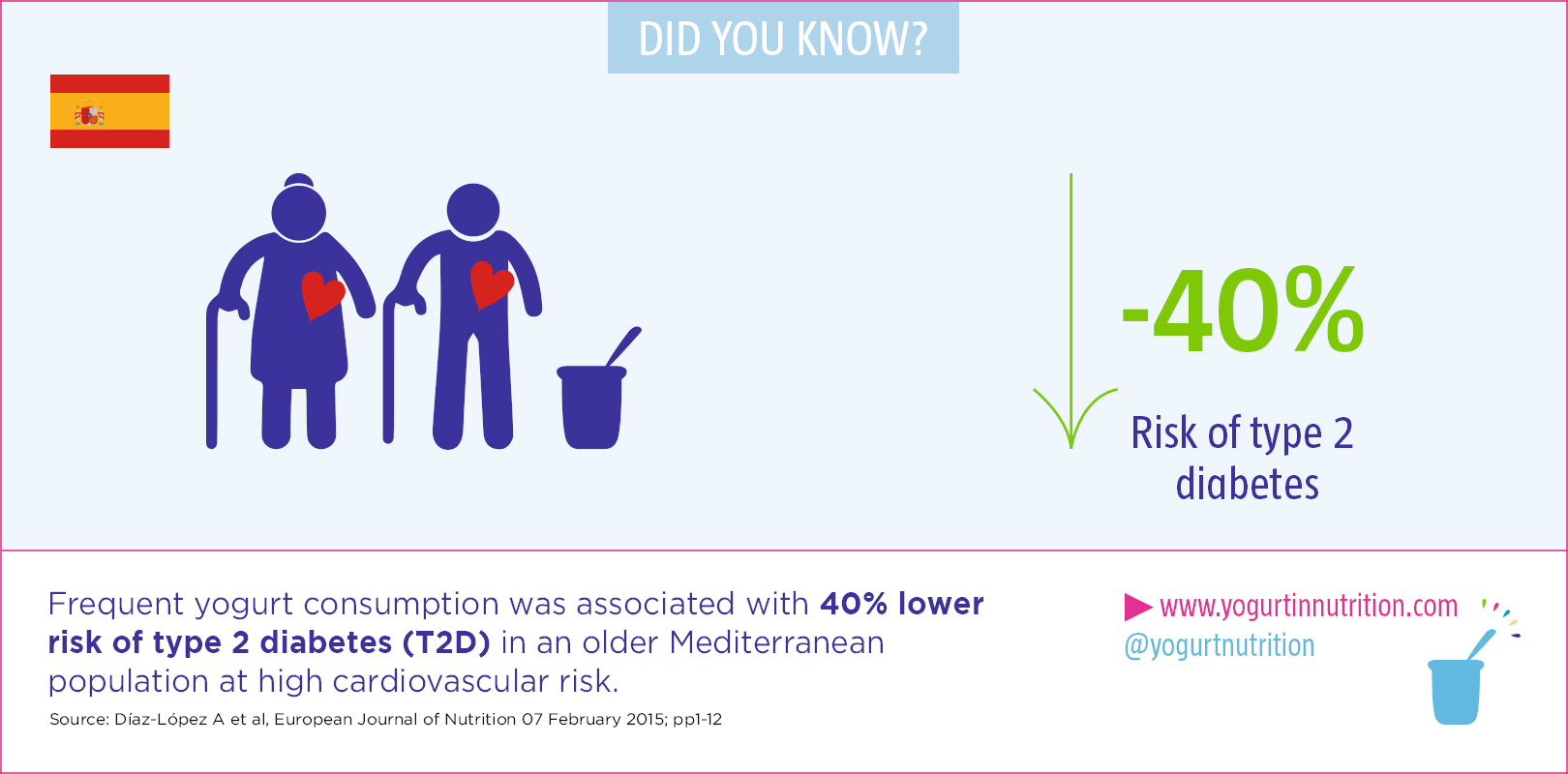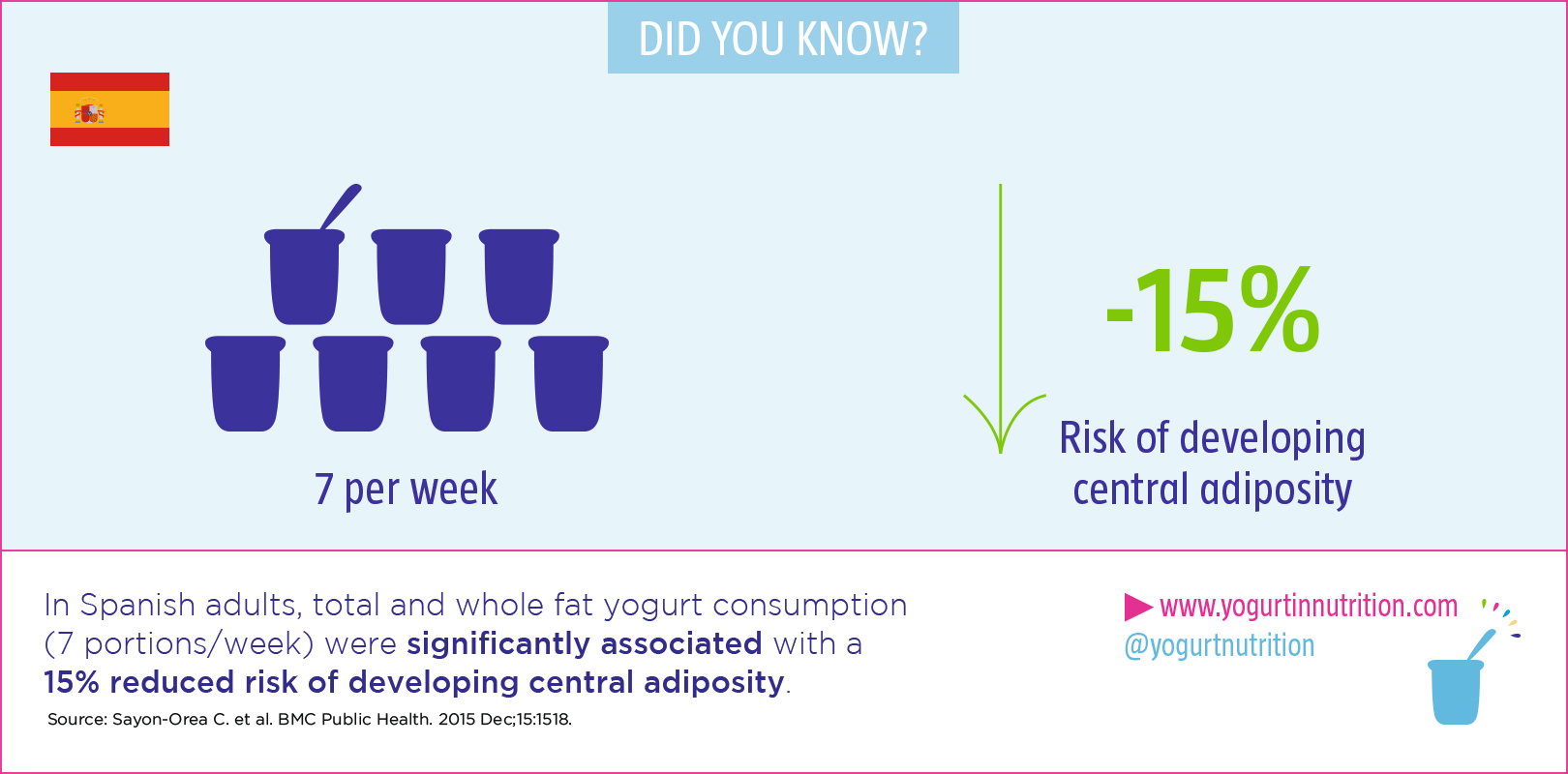Most dietary guidelines consider dairy product as a whole category based on selected single nutrient approach (eg. calcium, vitamin D). But new scientific evidence supports that dairy products represent a diverse class of foods, with health effects that vary by specific product type.
Mozaffarian summarizes the modern evidence of the relationship between diet and health, particularly the effects of diet on cardiometabolic diseases, such as diabetes mellitus. It highlights the need to focus on foods and overall diet patterns, rather than single isolated nutrients. Yogurt emerges as one of the key foods to increase, particularly for protection against diabetes mellitus.
Beneficial diet patterns include more yogurt
According to the author, dietary priorities should include eating/consuming more minimally processed foods, such as fruits, nuts, vegetables (excluding russet or white potatoes), legumes, whole grains, seafood, yogurt and vegetable oils; and eating/consuming fewer red meats, processed (sodium-preserved) meats and foods rich in refined grains, starch, added sugars, salt and trans fat.
The intake of yogurt is consistently associated with lower incidence of diabetes mellitus, whereas the intake of cheese, which has high calorie, fat and saturated fat content, is also associated with lower diabetes risk in several although not all studies.
Role of probiotics and fermentation
The emerging mechanistic pathways seem to include a potential influence of probiotics and fermentation. For instance, bacterial cultures used for fermentation can synthetize vitamin K2 (menaquinones), which may improve insulin sensitivity. The metabolic effects of fermented products represent promising areas for further investigation.
















